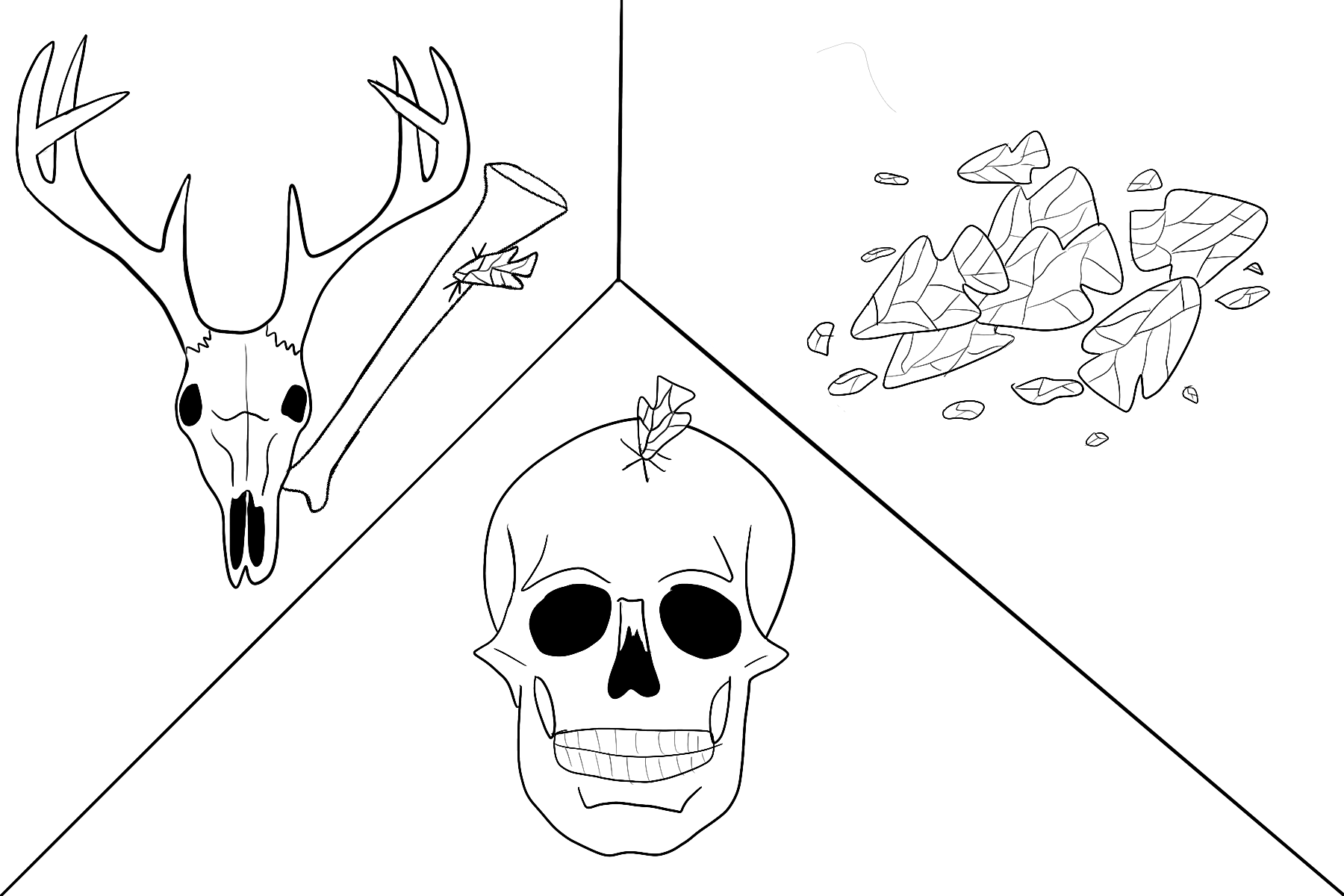
An explanation of the methodology behind archaeology.
How archaeologists study the past
Archaeologists who study prehistory (a time before written text) have a challenging task. They must reconstruct a story of human history with as much detail as they can glean from a limited set of clues like artifacts, objects made and used by someone in the past, and other pieces of physical remains. Some questions like ‘When were people here?’, ‘Where did they live?’, and ‘What did they eat?’ are simple to answer. Others, like ‘What holidays did they celebrate?’ or ‘Who were their leaders?’, are much more complicated. Part of the difficulty is that these detectives work from incomplete clues. Some clues are hidden under the soil, waiting to be excavated and analyzed, while others made from more fragile materials have disintegrated over time and can no longer be seen. Despite their difficult tasks, archaeologists cannot ignore their fascination with the past, so they continue to ask questions, chase clues, and form and test hypotheses to understand what life was like ‘way back when.’
One arrowhead can tell three very different stories depending on the context of where it was found.
How is it that archaeologists could have come by all this information? An artifact can provide a large amount of information to an archaeologist. Its shape and physical features can reveal how it was used, for example, as a cutting tool, and the context in which it was found can provide further conclusions. If this cutting tool was found with animal bone, we might infer that hunting, butchering, or cooking activities had happened at the site. In addition to its shape, archaeologists also study the material that an artifact is made of and, with stone tools, for example, can sometimes tell if the object was made from a local or non-local source of stone. Knowing whether an artifact was made of material acquired from nearby or far away might help us understand movement around the landscape or suggest that trading was going on between different groups of people. Animal bones, shells, and the rarely preserved seed or nutshell from trash piles, or middens, help us understand what people ate. Studying the types of tools on site alongside the food scraps can help us understand how people cooked and prepared their meals.
In addition to analyzing artifacts, archaeologists can study a site and determine whether it was a place that people used just once or twice, or whether people returned to it for several years or even multiple generations. Where these sites are located in the landscape can tell us what people might have prioritized (such as access to water, easy transportation routes, specific plants and animals, and protection from enemies). To estimate how old a site or artifact is, archaeologists rely on radiocarbon dating - a scientific analysis of carbon-based materials, most frequently charcoal from an ancient fire hearth, stratigraphy - the order of layers of soil and buried artifacts underground, and relative dating - the systematic style changes in their tools. (Think how much cars, the iPod, and clothing styles have changed over the decades and how we can visually pick out their approximate age!)
Our town is often considered less than 400 years old. Still, with the help of the stories of local tribes and the supporting evidence from archaeologists, we know that the land beneath our feet has been inhabited and tended by Native peoples for millennia. These people knew their habitat intimately; they knew where to find the raw materials they needed to make tools, when and where their edible and medicinal plants grew, and the best way to hunt their prey. The land on which they lived changed significantly in habitat and temperature over time, and Native peoples learned to adapt to these changes, adjusting how and where they lived, what they ate, and the tools they used as necessary.
Click here to learn what archaeology can tell us about local history for the last 12,000 years.
To learn about some Native American artifacts commonly found in the area, click here.
By: Rebecca Sgouros



